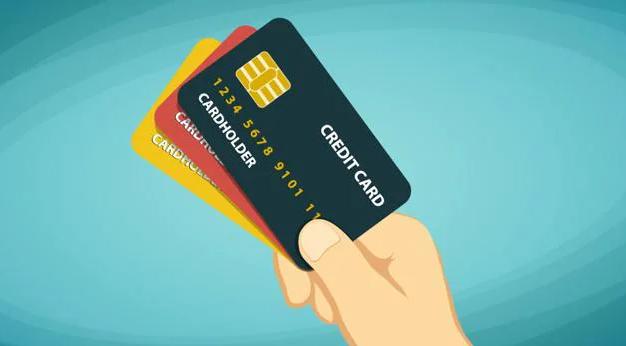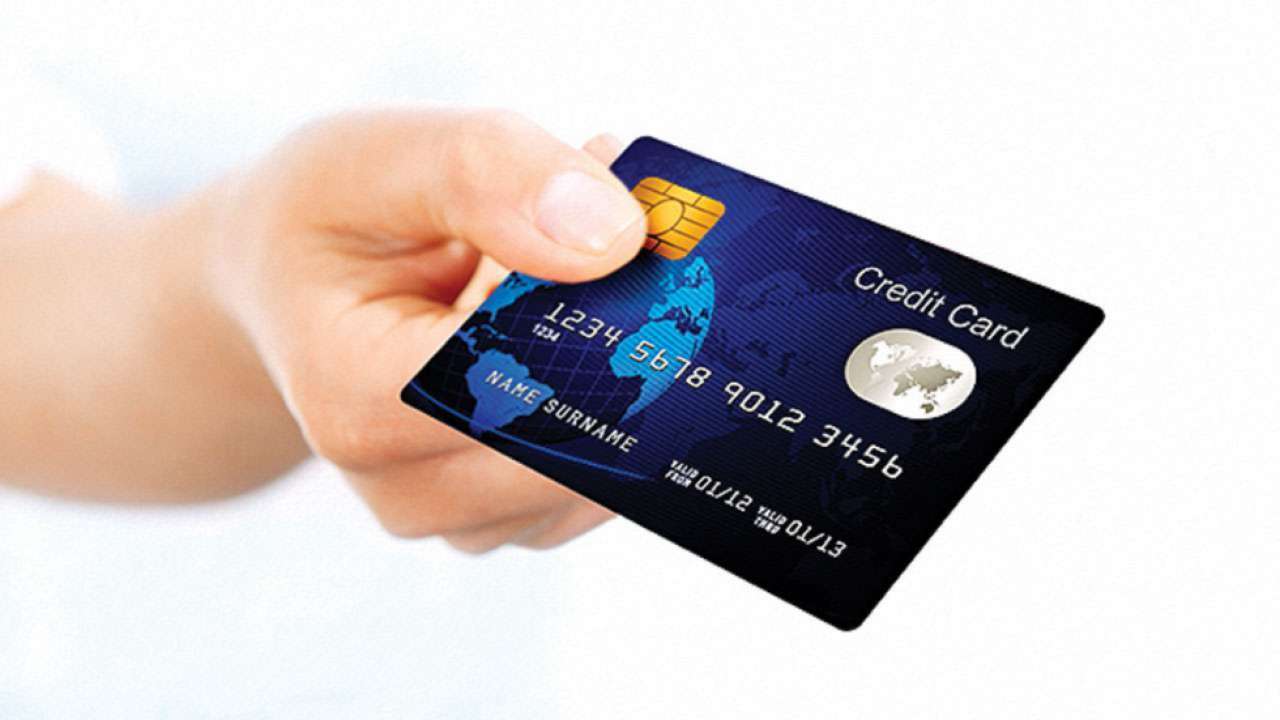A credit card provides starling resilience to the user for both online and offline shopping without even cash. It makes payments so convenient that you can meet day-to-day expenses without any worry.
It provides a certain credit limit within which you can make all your purchases. However, understanding how does a credit card works can give you more useful insight and help you manage your debt more efficiently.
Let’s dive down deeper.
Table of Contents
What is a credit card?
A credit card is a thin plastic or metal card provided by a bank or any other financial institution. The card carries a certain credit limit that the card provider decides based on your credit score and history.
Basically, having a higher credit score and better history, the higher will be the credit limit. The credit limit is the maximum amount of money you can borrow to make shopping and pay your bills.

When you make any payment through your credit card, that amount is deducted from the credit limit. And you have to pay off the borrowed amount within a certain time.
Types of Credit Cards
The credit card market is widespread and there are various types of credit cards are available. Different credit cards allocate to different people based on their needs.
-
Reward Credit Cards
These types of credit cards give rewards to the user on specific purchases or transactions.
Users can use those rewards to get some discount on future purchases or to reduce monthly credit bills.
They are generally issued to those who have a good credit score and maintain a routine of paying off their balance on time.
-
Shopping Credit Cards
These types of credit cards allow you to shop at partnered stores online or offline and get some discount on purchases.
-
Business Credit Cards
Business credit cards are especially designed for business use. They assist business owners to keep their personal and private transactions separate.
Even these cards are issued to business owners, their credit history is still reviewed by the card issuer for an individual accountable for the credit card balance.
-
Fuel Credit Cards
Fuel credit cards help you to lower the transportation cost by providing fuel surcharge waivers. You can also earn reward points on fuel purchases through this card. Having such a card will help you to save a sizeable amount of money on your fuel spending.
-
Secure Credit Cards
Secure credit cards are suitable for people who have a bad credit history. To get access to a secure credit card you have to deposit a security amount, which is usually refundable. The credit limit of such cards typically the same as the deposit amount. But in some cases, the limit could be more.
How does a Credit Card works
A credit card can be used to shop online or offline, withdraw cash, and pay bills at convenience. When you use your credit card to make any payment either online or offline, the merchant’s credit card terminal asks your card provider to confirm whether the card is valid and has enough credit limit for the transaction.
If your card provider approved the transaction, then the payment will transfer to the merchant and your card’s limit is reduced to the transaction amount. With every transaction, your credit limit will be reduced by that amount.
Suppose you have a credit limit of $500 and you make a transaction of $50 at a shop, then you’ll have a $450 balance left on your card. If you spend another $30 from the card without repaying the previous $50 you borrowed, then your total borrowed amount will be $80 and your card’s balance will reduce to $420.

At the end of the billing cycle, your card provider will send you a statement of all your transaction details for that month. It includes your previous balance, new balance, minimum payment due, and due date.
If you pay the amount that you borrowed (suppose $80) by the due date, then your card’s balance will back to its original amount (i.e. $500).
You can continue the similar process of spending up to your credit card limit and paying back the amount within the due date to avoid interest charges.
Terms You Should Know About Credit Card
You have got the knowledge on how does a credit card works and how credit card payments work. Now take a look at terms related to a credit card.
-
Credit Limit
The maximum amount of money you can spend at a time. This limit is decided by the card issuer based on your credit score. If you try to spend beyond the set limit, you may charge additional fees, or the transaction may be declined by the card issuer.
How the credit card issuer determines the “credit limit” depends on various factors like credit card type, your income, paying ability, debts you may have, credit score, and record of prompt payments.
After analyzing all the factors, if you get a good score, then the card issuer will allocate a higher credit limit.
-
Balance
Balance refers to the amount you have spent using your credit card but haven’t paid that back. If your card has a credit limit of $500 and you spent $80 from it, then your card’s balance is $420.
-
Available Credit
Available Credit is the amount left in your credit balance. If you pay back what you borrowed, you’ll have more available credit. Making transactions through your credit card and repaid the borrowed amount on time will improve your credit score.
-
Billing Cycle
The time period in which you can make all your purchases. Usually, it is about one month. Once the period is over, you’ll receive a bill for all the transactions you have made. You’ll get a month to repay the borrowed amount.
-
Minimum Payment
The minimum amount that you have to pay on your credit card spending each month. If you don’t pay the amount by the due date, then your card provider will charge you a late fee.
If you delay the payment for long, it could report a “late payment” to the credit bureau, which then stays on your credit report for seven years.
So, it is good to pay the minimum amount before the due date, but our recommendation is to pay the full borrowed amount at once to avoid interest charges.
-
Statement Due Date
The date that is mentioned on your credit card bill by which you have to pay at least the minimum amount to keep your credit card account in good standing.
-
APR
APR refers to the Annual Percentage Rate. This is the interest that you’ll have to pay on the leftover amount if you don’t pay the full borrowed amount.
Credit Card Vs Debit Card
However, Credit card and Debit card looks similar, but they offer different functionalities.
With a credit card, you get some money as a loan from the card issuer, which you can spend on different purchases and repay with some interest after the billing cycle.
Whereas, with a Debit card you spend the money that you already have in your account.
Let’s have a look at more points.
|
Credit Card |
Debit Card |
| 1. On purchases, money deducts from the credit limit allocated by the card issuer.
2. It allows you to spend more than the credit limit (conditions apply). 3. You get a bill or statement each month from the card provider which holds the details of all your transactions. 4. You have to pay back the borrowed amount by the due date, else you’ll charge with some interest. 5. It charges multiple fees which include joining fees, annual fees, late payment fees, bounced cheque fees, etc. 6. It allows to spend only what is allocated by the card issuer. 7. You’ll get various rewards like cashback, air miles which can be redeemed to get discounts on your next purchases. 8. It offers 100% lost liability protection. So, you won’t be responsible for any unauthorized transactions made with your card. |
1. On purchases, money deducts directly from your saving or current account.
2. You can only spend what you’ve in your bank account. Nothing extra will be added to your account. 3. There is no such bill or statement you receive at the month-end.
4. There is no such payment you have to made since you’re spending your own money. 5. It charges annual fees and PIN registration fees. 6. It allows you to spend up to the amount is currently available in your bank account. 7. You’ll get very few or no rewards. 8. It offers minimal protection against theft or loss of the card. |
How to Compare Credit Cards
Whether you’re looking for your first credit card or another one from a different financial institution, It is better to do some comparison to know the advantages and disadvantages.
While making the comparison, you should focus on some key points:
- Annual fees
- Reward programs
- Regular variable APR purchases
- Promotional APR terms and conditions
- APR for balance transfer and cash advances
- Introductory bonus offer terms
You can also ask the card provider if there any other benefits and features available or not.
For example, if you travel a lot and interested in opening a travel credit card to earn miles or points for flights and hotel stays, then you may also be interested to access other benefits such as airport lounge access or airline fee credits.
You can also compare the card’s annual fee with the rewards and benefits to decide whether the card can provide you great value or not.
Conclusion
Understanding how does a credit card works is not that difficult at all. Having access to a credit card can be a valuable inclusion to your wallet and help your build a good credit score if used responsibly.
With a credit card, you can enjoy interest-free loans, earn rewards, less worry about frauds, and many other benefits. The most important thing to remember is to pay your credit card bill in full by the due date to avoid interest charges.
